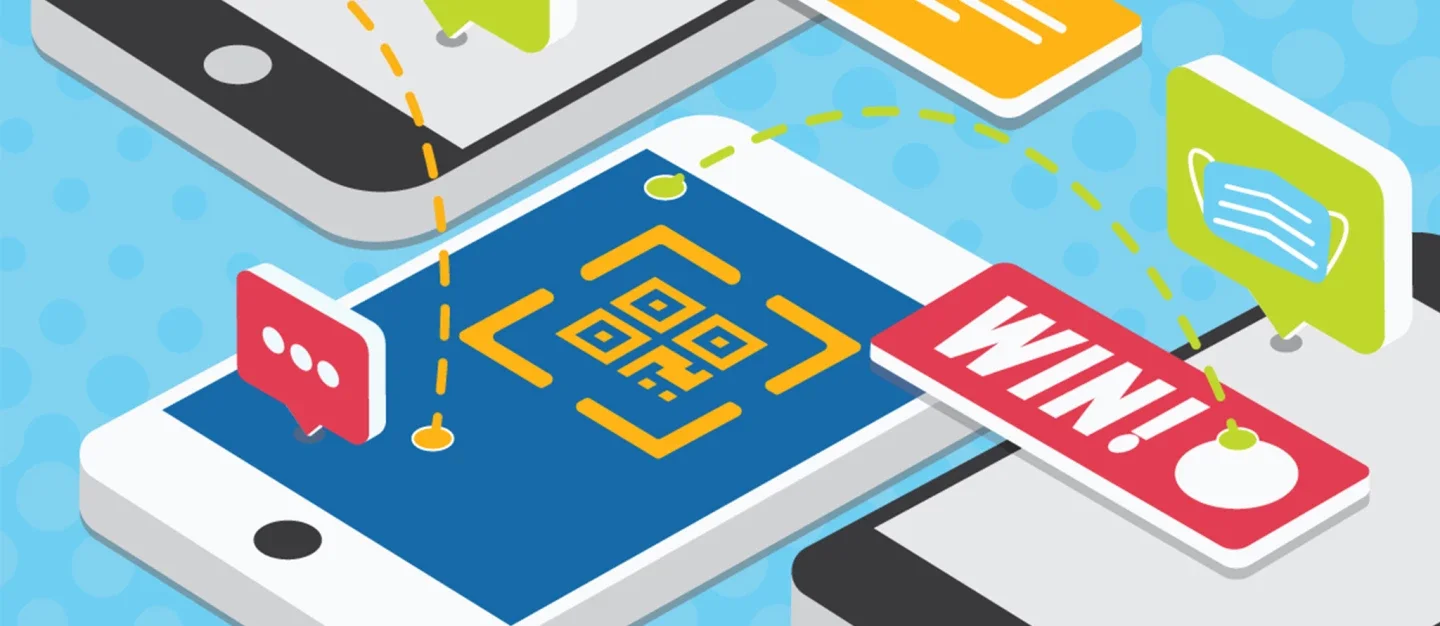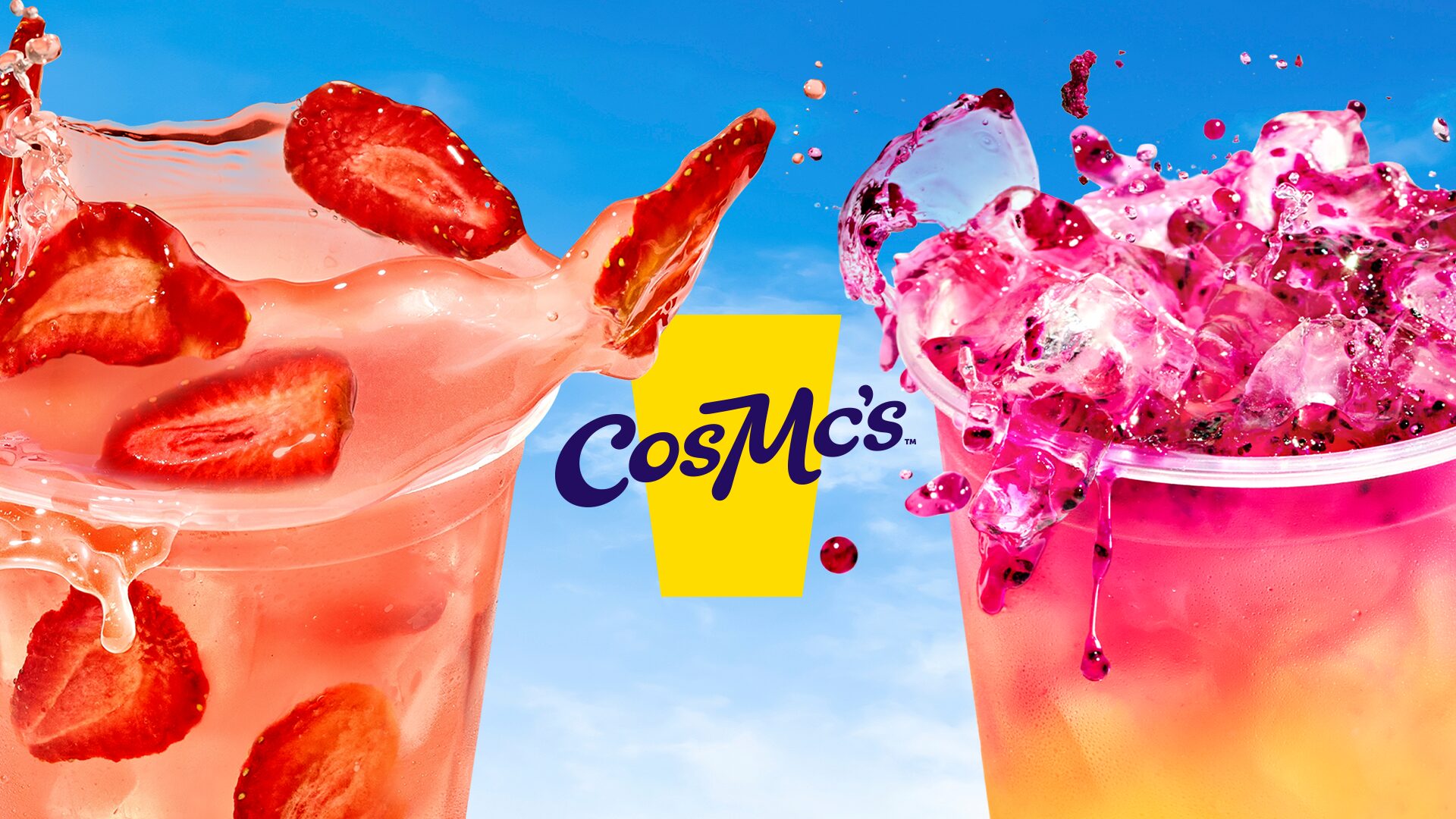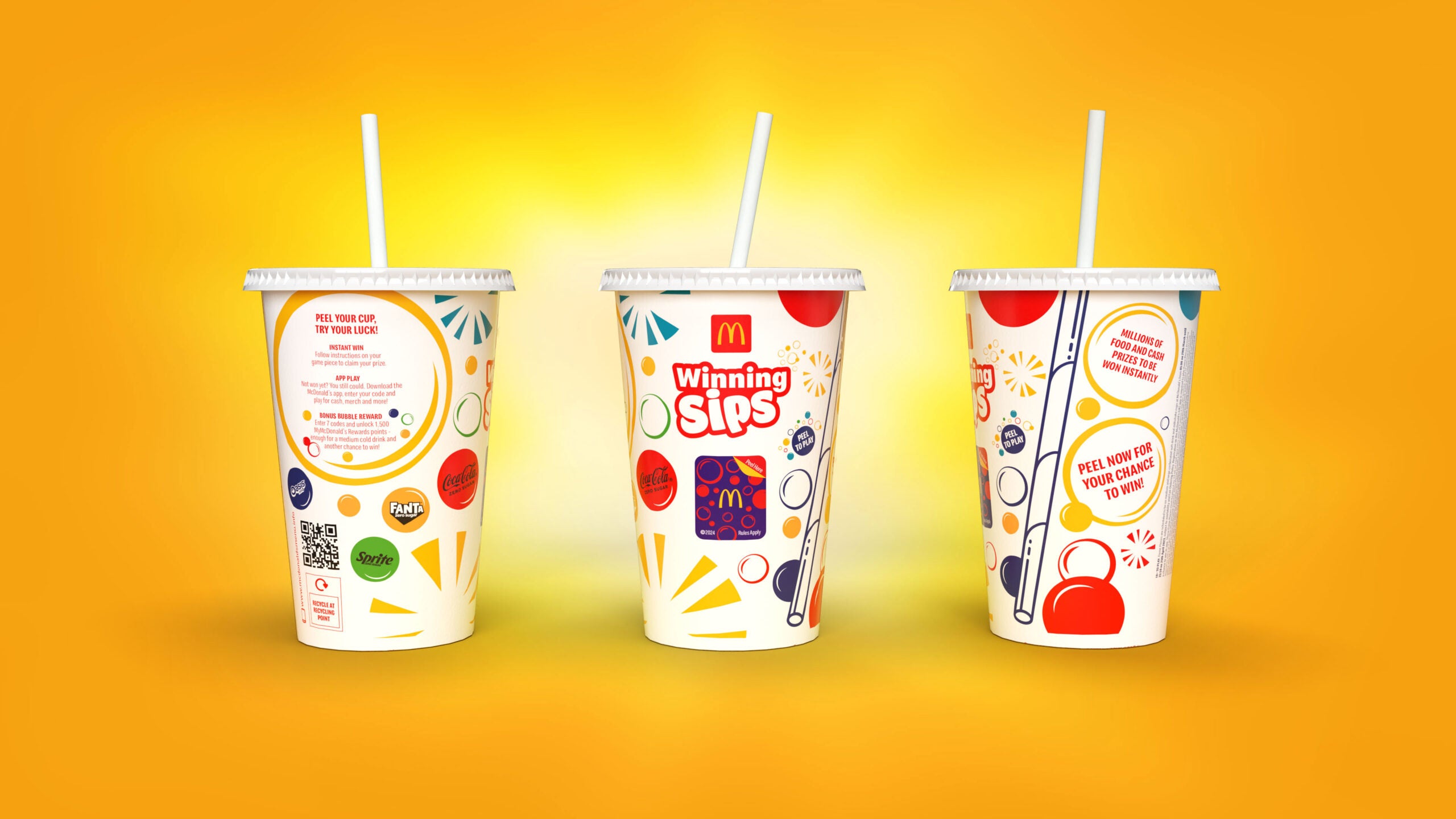How promotional games can drive business beyond 2020


Originally published in Ad Age here.
Let’s face it, 2020 has been a year of massive change for many Americans, and COVID-19’s impact on how we work and play has been profound.
Many of our newly adopted routines such as working from home, contactless commerce and remote learning have greatly limited our exposure to the world, resulting in a heightened need to escape the perpetual “Groundhog Day” we’re experiencing.
As brands look to connect with consumers in this dramatically changing environment, promotional marketing strategies need to shift to align to their newly emerging native behaviors.
Stuck at home, many people are turning to gaming as a lifeline to provide a moment of levity. A recent study conducted by tms (formerly The Marketing Store) found that more than 88% of Americans have been playing games during the pandemic, with 46% playing every day. This reinforces the idea that gaming is no longer an activity just for “gamers”; instead, it’s one that the majority has embraced as an essential part of their new normal.
Additionally, Mintel reports 58% of U.S gamers played more during their quarantine than they did prior to COVID-19. As we head into the winter months, many of these newly established gaming behaviors will continue.
Why games are rising in popularity
It comes as no surprise that many are experiencing unprecedented levels of anxiety, and the shift away from regular routines has affected Americans’ mental state. According to data from the U.S. Census Bureau and the National Center for Health Statistics, one in three Americans is dealing with symptoms of stress or anxiety.
Gaming offers an escape that is proving to be critical in managing these everyday stresses. In this reality where days often blur together (i.e., Blursday), even a momentary burst of excitement—such as the thrill of unlocking a reward in a game—can offer relief or a much-needed positive distraction.
In our 2020 study, we found that 60% of people say they are playing games to relax. As the demands of daily life multiply, with added responsibilities of child and elder care hitting at a time when people are experiencing bouts of unemployment and significant income reductions, the ability to divert attention from everyday stressors will continue into the foreseeable future.
Additionally, 31% are playing to connect with those they care about. While virtual connections certainly do not serve as a replacement for human contact, they do offer a lifeline to those who are struggling with heightened levels of solitude. Even those who had previously rejected digital gaming are demonstrating a new openness to exploring available options as digital games enable desirable connection with friends and loved ones.
How brands can play along
So how can brands be solution-oriented given these emerging behaviors? One successful route for savvy brands is offering promotional games and activations. Engagement formats such as online contests, digital experiences that deliver rewards and on-pack promotions provide unique opportunities to drive sales and build brand affinity by creating meaningful connections between a customer and the brand. Enabling opportunities for escape and fun shifts marketing away from being purely transactional to true emotional engagement, ultimately creating more loyal brand fans.
For brands looking to get into promotional gaming, here are five best practices that can help guarantee success:
- Ensure the game is easy to start. Familiar gaming formats offer the greatest adoption potential.
- Tier rewards to drive participation and repeat visits. Offer instant gratification to drive initial entry, with higher-valued prizing achieved through deepened engagement.
- Optimize the prize mix to drive scale and breakthrough. Include low value/high quantity prizing to overcome perceptions of winner believability, with aspirational prizing to drive awareness breakthrough.
- Partner with complementary brands. This will increase scale, relevancy and shared value of the programming.
- Enable technology to ensure user accessibility and drive shareability. This will expand the adoption of your game by consumers.
New patterns have emerged with the onset of COVID-19 that are impacting the ways in which promotional games are coming to life. Given consumers’ growing preference for contactless access points, many brands are leaning heavily into the mobile gaming space. And while this approach is consistent with overall gaming trends (72% of respondents cited playing mobile games during lockdown), brands must consider the entire gaming experience, through redemption, to align with evolving consumer sensitivities.
For example, 32% of our U.S. respondents said they’re uncomfortable handing over their phone at a store’s register for a chance to win or redeem a prize. Meanwhile, 65% said they’re comfortable handing over an analog winning game piece. Program design must consider both digital and analog techniques to ensure successful behavioral outcomes.
While the perpetual Groundhog Day brought on by COVID-19 may not be as charming or predictable as the one Bill Murray experienced in the movie, it has opened the door for brands to connect with people in more consistent and meaningful ways. Marketers that tap into the power of gaming can realize exponential opportunities to drive sales growth and brand affinity for the foreseeable, and hopefully COVID-free, future.
Soraya Faber is SVP, group account director, at tms (formerly The Marketing Store), where she is the North American lead of the McDonald’s promotions and activations team. Her focus is on delivering high-impact strategy, content and experiences to measurably grow the brand and business.
Trending



